Wildfires are often insidious, starting undetected. They’re commonly ignited by lightning or incidents frequently attributed to careless individuals. They proliferate rapidly, setting ablaze underbrush, trees, and houses, annihilating vast expanse of pristine land and claiming innocent lives. So, be heedful when you are camping or visiting the forest. Make sure you completely extinguish your cigarette or thoroughly put out the campfire. The ensuing 25 wildfires should serve as a stark reminder of the terrifying, unruly, and ruinous consequences of an uncontrollable wildfire.

The 1921 Mari Wildfires
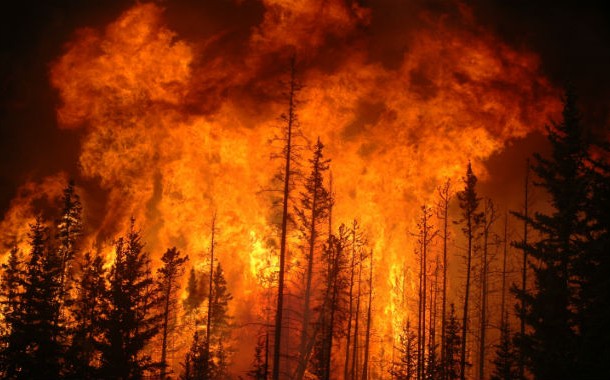
The wildfires in the Mari Autonomous Oblast, in the eastern part of European Russia, occurred in the summer of 1921 and burned thousands of acres of pine forest. The wildfires claimed the lives of thirty-five humans and one thousand cattle. About sixty small villages were destroyed.
The Wallow Fire
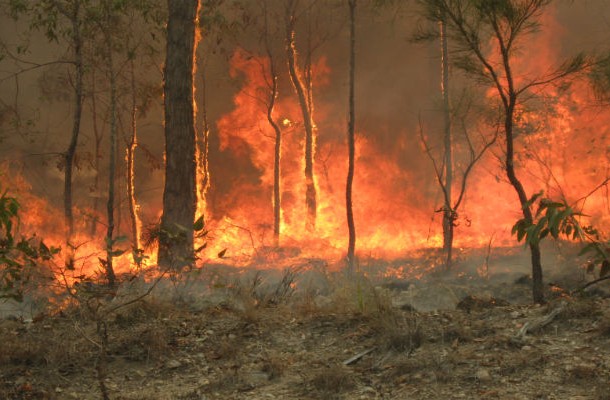
The Wallow Fire took its name from the Bear Wallow Wilderness area in eastern Arizona where the fire originated. The fire was started by an abandoned campfire on June 26, 2011. It burned about 841 square miles (2,180 km2) in the Apache, Greenlee, Graham, and Navajo counties in Arizona and Catron County in New Mexico. Thankfully, and despite being the biggest fire recorded in Arizona history, no one died but over six thousand people were evacuated.
The Great Porcupine Fire
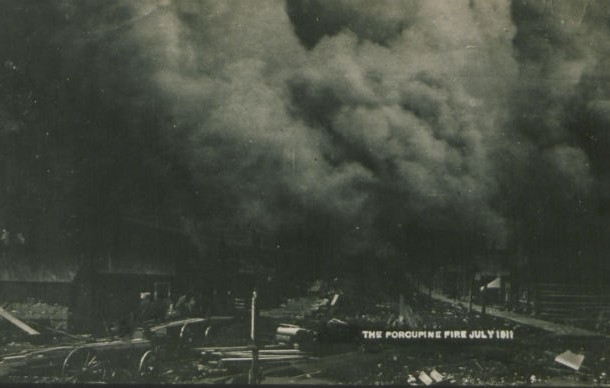
The Great Porcupine Fire of 1911 was one of the most devastating forest fires ever to strike the Ontario Northland, in Canada. Spring had come early that year, followed by an abnormally hot dry spell that lasted into the summer. This created ideal conditions for the ensuing disaster, in which a number of smaller fires converged. It is estimated that due to the wildfire more than 500,000 acres of forest were completely burned and at least seventy people died though early reports indicated hundreds were dead.
The Black Dragon Fire
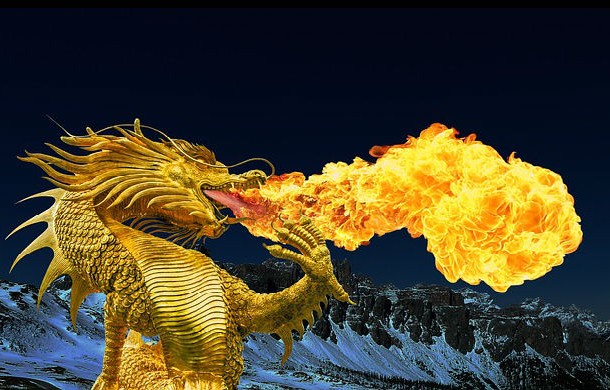
The Black Dragon Fire occurred in 1987 and burned a total of 72,884 square kilometers (28,141 sq mi) of forest along the Amur River in China. It completely destroyed three million acres of pristine forest reserves in China (15 million in Russia) and left behind an astonishing economic disaster.
The Great Miramichi Fire
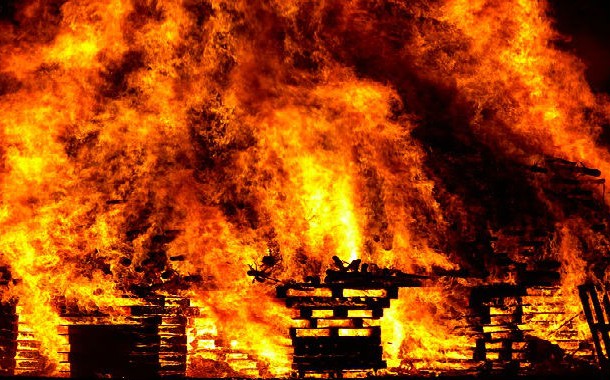
The Great Miramichi Fire happened on October 7, 1825, and is solemnly remembered by the residents of Miramichi, Canada. The fire was so intense and uncontrollable that it destroyed over six thousand square miles in less than eight hours.
The Great Thumb Fire
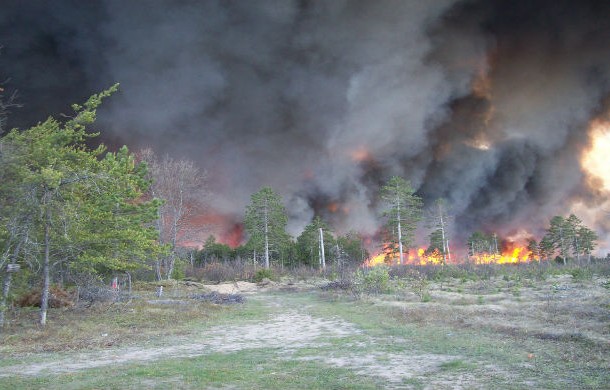
On September 6, 1881, the skies over Massachusetts turned a burnt yellow, and obscured enough sunlight to make noontime look like twilight. Yellow Day was caused by a great forest fire in Michigan called The Great Thumb Fire that occurred the day before. Drought and high-speed winds swept over four counties in Michigan and burned more than one million acres. About twenty villages were destroyed and at least 282 people were killed.
The Yarnell Hill Fire
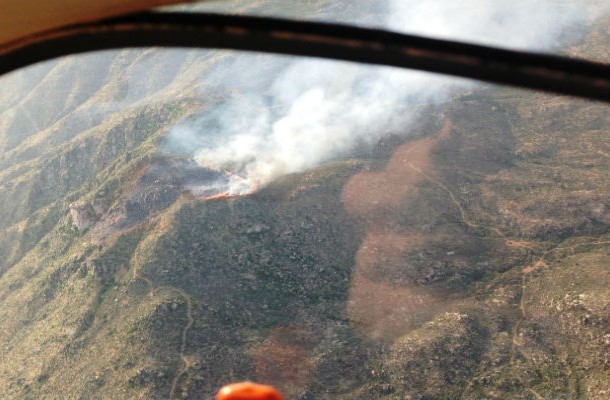
The Yarnell Hill Fire was one of the most deceptive in history and that is because even though it was responsible for burning only eight thousand acres of land, it killed nineteen City of Prescott firefighters, members of the Granite Mountain Hotshots. This resulted in the second-highest wild land firefighter death toll in the United States and was the deadliest wildfire ever in Arizona.
The Hamburg Fire
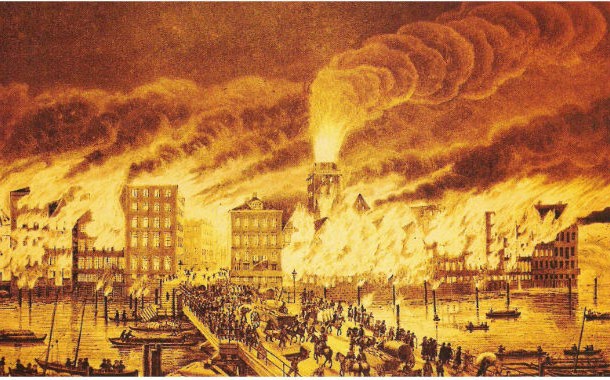
The Hamburg fire of 1842 was the worst disaster the German city suffered in the nineteenth century, where about a quarter of the inner city was destroyed, fifty-one people lost their lives, and an estimated twenty thousand lost their property.
The Great Chicago Fire
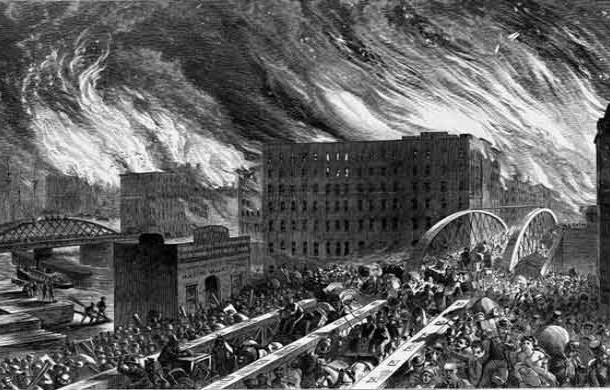
The Great Chicago Fire of 1871 that destroyed a big part of the downtown area killed more than three hundred people and left about 100,000 citizens homeless. To this day it is considered one of the largest US disasters and the only one that destroyed most of a major city’s central business district.
The Mount Carmel Forest Fire

The 2010 Mount Carmel forest fire, also known as “The Carmel Disaster,” was a deadly forest fire that started on Mount Carmel in northern Israel, just south of Haifa. More than seventeen thousand people were evacuated, including those from several villages in the vicinity, and there was considerable property and environmental damage. After raging for four days, the fire was contained on December 5, having burned thousands of acres and killed forty-four locals.
The Great Matheson Fire

The Great Matheson Fire was a deadly forest fire that passed through the region surrounding the communities of Black River-Matheson and Iroquois Falls in Ontario, Canada, on July 29, 1916. According to official estimations by the local police departments and hospitals more than 273 people died in the catastrophic fire that burned half a million acres in one of the most disastrous wildfires in Canadian history.
The 2007 Greek Forest Fires
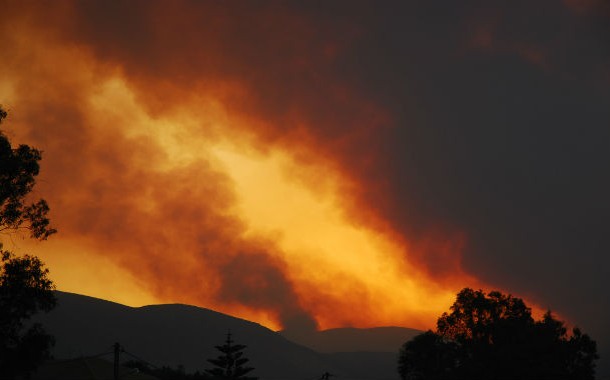
The 2007 Greek Forest Fires lasted on and off for three months (from June to September) and were the worst in southern Europe for the past fifty years. A total of 670,000 acres of forest, olive groves, and farmland were destroyed—an incredibly high number if one takes into account the small size of the country-along with one thousand houses and 1,100 other buildings and ruins. Ninety-one people including many firefighters lost their lives to this catastrophe.
The Great Hinckley Fire of 1894
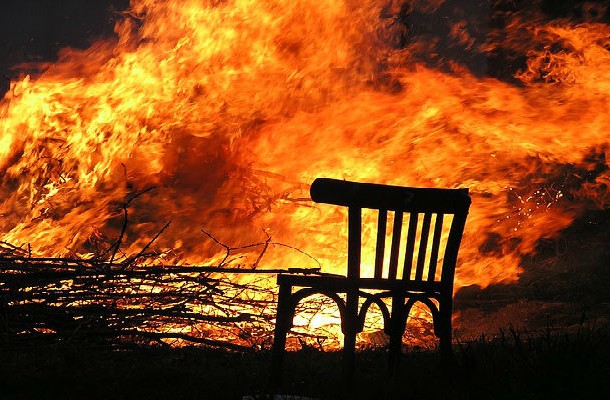
On Saturday, September 1, 1894, between the hours of 2:00 p.m. and 4:00 p.m., a great firestorm consumed and destroyed Hinckley and five smaller communities. An estimated area of at least 200,000 acres was completely wiped out and at least 418 people lost their lives.
The 1918 Cloquet Fire

This is considered to be the worst natural disaster in Minnesota history in terms of the number of lives lost in a single day. In total, 453 people died while fifty-two thousand were injured or displaced. It is estimated that more than $73 million ($1.145 billion in today’s dollar value) in property was lost.
The 1947 Texas City Disaster
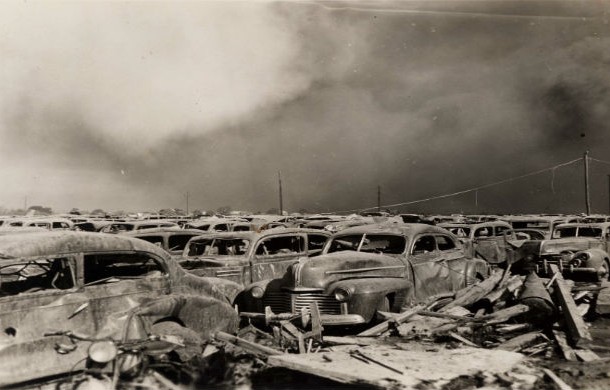
A giant explosion that occurred while fertilizer was being loading onto the freighter Grandcamp at a pier in Texas City, Texas, on April 16, 1947, cost the lives of nearly six hundred people while thousands more were injured. Additionally, the explosion caused $100 million in damage.
The Big Burn (1910)
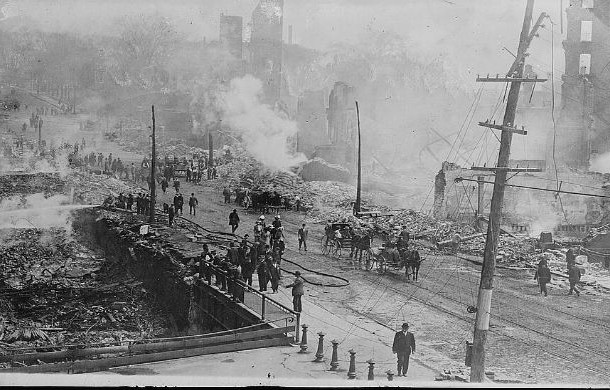
The Great Fire of 1910 also known as the Big Blowup, the Big Burn, and the Devil’s Broom fire, was a wildfire that incinerated an incredible three million acres and expanded in three different states: Montana, Idaho, and Washington. The firestorm burned over two days and killed eighty-seven people, mostly firefighters. Despite not being the deadliest, it is considered to be the largest forest fire in the history of the United States.
Black Saturday Bushfires
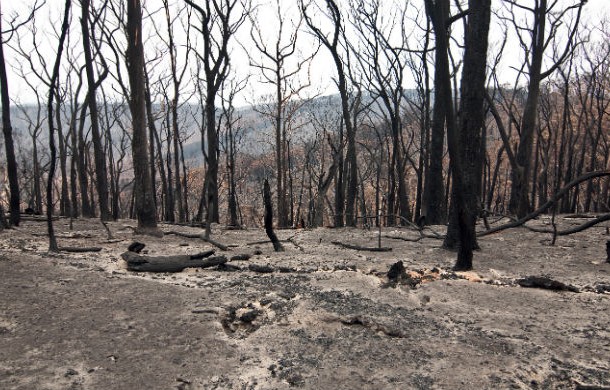
The Black Saturday Bushfires is the name given to the fires that started on February 7, 2009, in Victoria, Australia. Approximately four hundred fires started that day and killed 173 people, injured 414 more, destroyed 2,100 homes, displaced 7,562 people, and burned more than 1,100,000 acres in the most catastrophic natural disaster in modern Australian history.
The 2010 Dhaka Fire
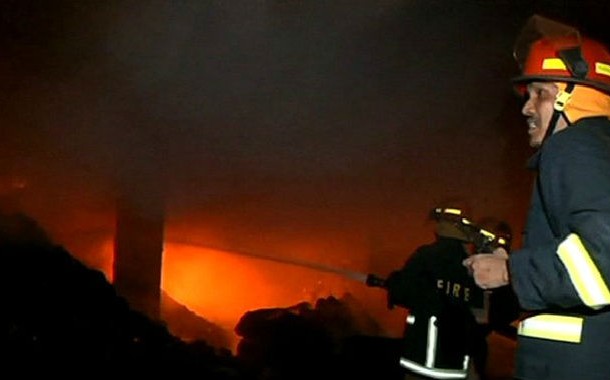
In June 2010 more than 120 people were killed in a fire that razed apartments in an old section of Dhaka, the capital of Bangladesh. It is considered to be the worst and deadliest fire in Dhaka since the country achieved independence in 1971.
The Great Fire of Montreal
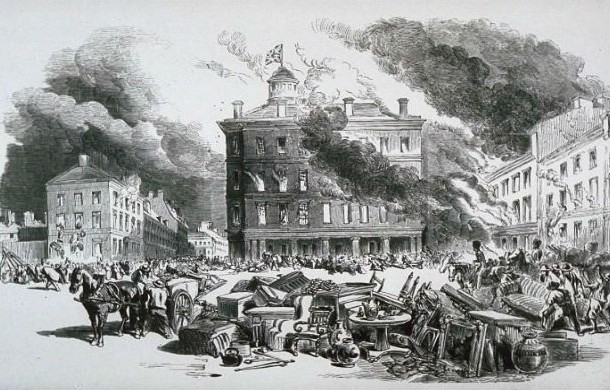
The 1852 Great Fire of Montreal was a disaster waiting to happen: a combination of bad fortune, bad weather, and bad management as most Canadian historians agree. The lack of water in the city played a decisive role in the tragic incident and was the main reason it took so long for local authorities bring the fire under control.
As many as ten thousand people ended up homeless in a city of only fifty-seven thousand. The disaster led to the construction of the newer and larger McTavish Reservoir and to the dismissal of the city’s chief engineer, who had coordinated Montreal’s all-volunteer fire companies, for failing to respond fast enough to stop the blaze.
The Great Medieval Fire of London (1212)
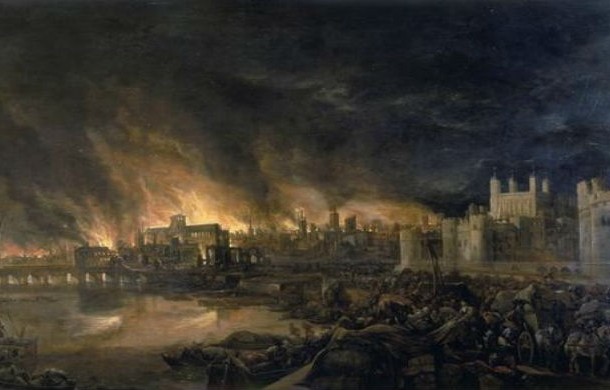
The second of the two great medieval fires of London (the first was in 1135), also known as “the Great Fire of Southwark,” was undoubtedly one of the deadliest and most catastrophic of this period. It began on July 10, 1212, in Southwark, the borough directly to the south of London Bridge, and according to various estimations more than three thousand people were killed on London Bridge alone, when the whole city’s population at this time was no more than forty thousand.
Kursha-2 Firestorm
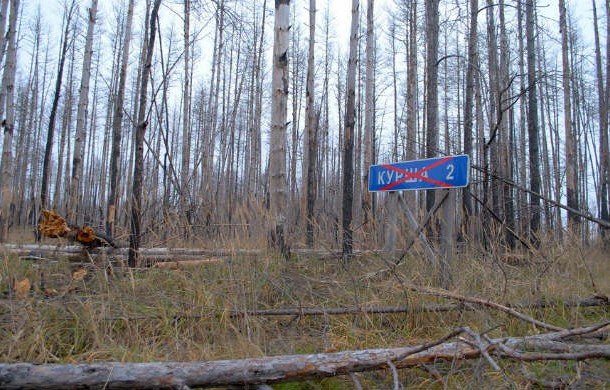
Kursha-2 was the name for the Soviet community in the Central Meshchyora, Ryazan Oblast. It was built soon after the October Revolution for the exploitation of the local forests, and was annihilated by a firestorm on August 3, 1936. The huge disaster is considered the worst in the short history of the Soviet Union and caused a macabre total of 1,200 deaths.
The Great Peshtigo Fire
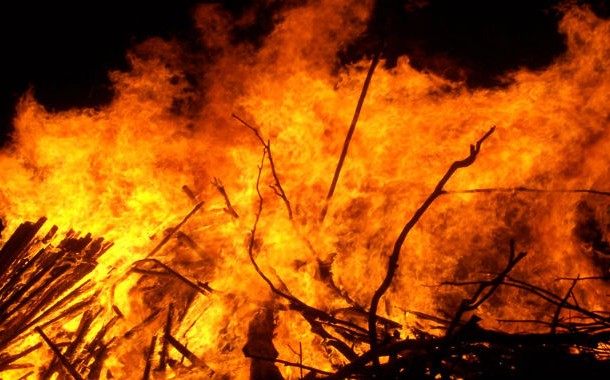
On the evening of October 8, 1871, the worst recorded forest fire in North America raged through northeastern Wisconsin and Upper Michigan, destroying millions of dollars’ worth of property and timberland, and killing about two thousand people.
The Great Fire of Rome

During the night of July 18, 64 AD, one of the deadliest and most disastrous fires of antiquity broke out in the merchant area of Rome, destroying most of the city. Fanned by summer winds, the flames quickly spread through the dry, wooden structures of the Imperial City. It caused widespread devastation before being brought under control after six days, and despite the well-known stories, there is no evidence that emperor Nero, either started the fire or played the fiddle while it burned. Still, he did use the disaster to further his political agenda.
The Great Fire of Smyrna
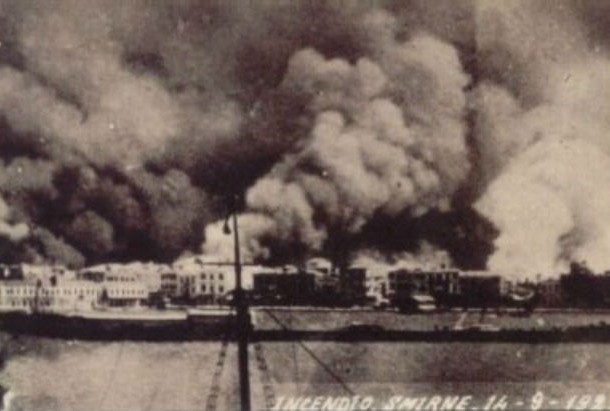
Smyrna was one of the wealthiest cities in all Europe at the beginning of the twentieth century and hosted one of the largest populations of Greeks and Armenians. During the Greco-Turkish War between 1919 and 1922, Greek armed forces had taken control of Smyrna on May 15, 1919. When the Turkish army regained the city on September 9, 1922, a large number of Greeks and Armenians were killed as part of the Greek genocide orchestrated between 1914 and 1923.
Even though no one can say for sure when the Great Fire of Smyrna started, historians believe it was on September 13, 1922, and that it burned for almost nine days, until it was finally extinguished on September 22. It is estimated that nearly 100,000 Greeks and Armenian citizens died because of it.
The Great Fire of Meireki
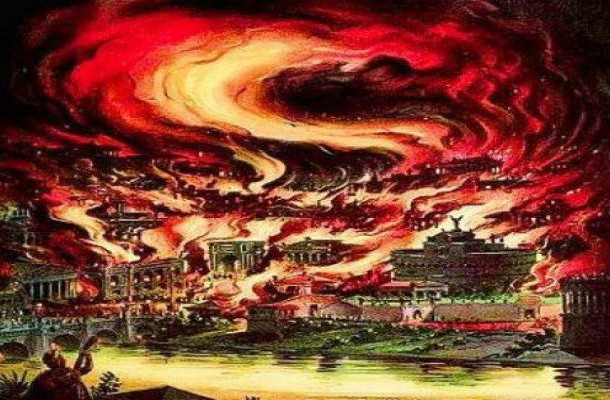
Many historians claim that the Great Fire of Meireki, also known as the Furisode Fire, is the deadliest and most disastrous fire in recorded history. It destroyed almost sixty to seventy percent of the Japanese capital of Edo (present-day Tokyo) on March 2, 1657, during the third year of the Meireki Imperial period. The fire lasted for three days, and is believed to have left over 100,000 civilians dead.



























